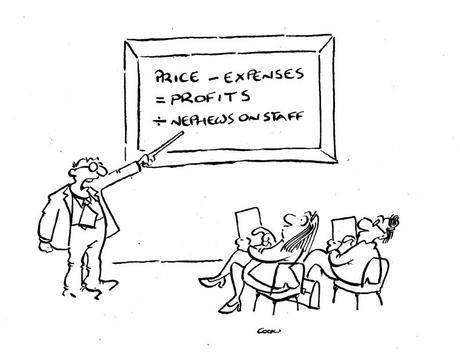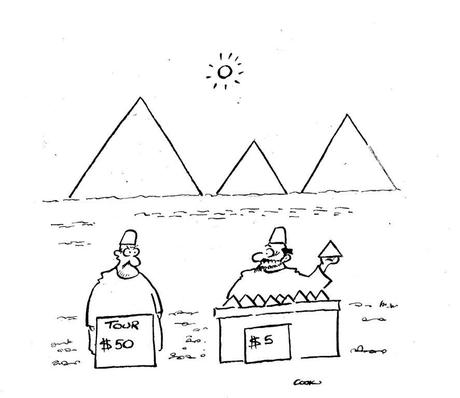

 Sticking to the manager’s knitting
Sticking to the manager’s knitting

Managers emerge from a variety of career paths — production, logistics, sales, marketing, or finance, sometimes admin. Others were there when it started; some are managers because they own it.
Your history informs your management style, but once in charge, you have to manage functions outside your own experience.
Two things in your favour
One is your role. You don’t have to deal with minutiae. You job is to look down from the helicopter and align all the pieces to produce the optimum result. You are there to apply the principles, not execute the practices.
The second is this: principles don’t change over time, place, product or industry.
Take pricing. It’s a variable in the most basic of business formulas: Price - Expenses = Profit. It’s flexible and easily adjusted. It determines revenues. It can even make a branding statement.

What if fewer people will pay the higher price?
Say they won’t and volume halves. If so, you may still be generating the same profit as before. You are just using fewer resources to do so. Therein lies a standard management issue. Do you get rid of the excess resources or use them to produce an additional product?
What if market share is an important KPI for your strategy. The basic equation still applies but the focus shifts to expenses. If you can reduce costs by one-ninth, to say, $8, your profit margin could still double to $2.
This basic principle throws up a range of options
Manage your customers. Encourage more people to pay a better price. Think premium offerings, inexpensive add-ons, subscription services, after-sales transactions, targeting additional market sectors or forming alliances with complementary products. A simple example is frequent flyer programs. They attract customers but are profit centres in their own right.
Manage your expenses. Regularly review your technology and your people. Some ideas are simple: shift suppliers or ask for discounts; task your people to find a 5% saving in their expense base; check you are renting the right space for the right price.

Manage your product mix. Avoid a ‘race to the bottom’. Focus on value rather than volume. Higher margin customers tend to be at the leading edge of their industry, especially in B2B. They pay more for reliability, clever solutions, brand image and convenience. When you examine your range from a margin perspective, it becomes obvious who you want to target. Have you got the products to do it?
None of these are radical suggestions. They simply arise from a deeper dive into the simple equation we started with. If you’re a manager, that’s your job.

